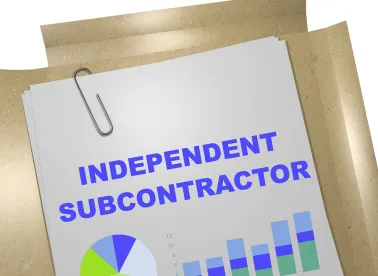The faulty workmanship exclusion precludes coverage where the claimed damage is caused by or resulting from an act, error or omission (negligent or not) that relates to the design, specifications, construction, materials or workmanship. Can coverage nevertheless be restored by the resulting-loss exception to the exclusion? The Tenth Circuit recently addressed this question.
In Rocky Mountain Prestress, LLC v. Liberty Mutual Fire Insurance Co., No. 19-1169 (10th Cir. Jun. 2, 2020), a subcontractor sought insurance coverage under the property owners’ builders risk policy for the cost of regrouting concrete pillars and columns that the subcontractor had installed. The insurer denied coverage on multiple grounds, including that the loss was excluded by the policy’s exclusion for faulty or defective workmanship. The subcontractor brought this action seeking damages and coverage. The district court granted summary judgment to the insurance company. On appeal, the Tenth Circuit affirmed.
In affirming, the circuit court rejected the subcontractor’s restoration of coverage theory. Essentially, the subcontractor argued that because the faulty workmanship exclusion had an exception, that exception restored coverage because of the necessary ambiguity. The exception provided that “if an act, defect, error or omission as described above results in a covered peril, [the insurer] covers the loss or damage caused by that covered peril.” Basically, the subcontractor was arguing that the resulting-loss exception restored coverage because covered peril is defined as a risk of loss or damage that is not caused or limited by an excluded peril. This, according to the subcontractor, made the provision circular and ambiguous and, therefore, the provision should be construed in favor of coverage.
The court pointed to many other court decisions construing similar language that concluded the resulting-loss exception restored coverage only when the excluded peril leads to a loss from an independent non-excluded peril (citations omitted). In other words, there have to be two causes of a loss, one excluded and one not excluded. One example is where acts taken during construction cause a fire. The fire is a covered peril and, therefore, there is coverage. But when there is only one cause of the loss–in this case the faulty workmanship–the exclusion applies and the resulting-loss exception does not restore coverage.
As the circuit court noted, “the exception cannot be allowed to swallow the exclusion.” The court concluded that the “resulting-loss exception to a defective-workmanship exclusion does not provide coverage for the costs of repairing or replacing defectively designed or constructed parts of a structure; rather, the exception only restores coverage for damages sustained when the defective workmanship becomes the cause of additional, separate damage.”




 />i
/>i

